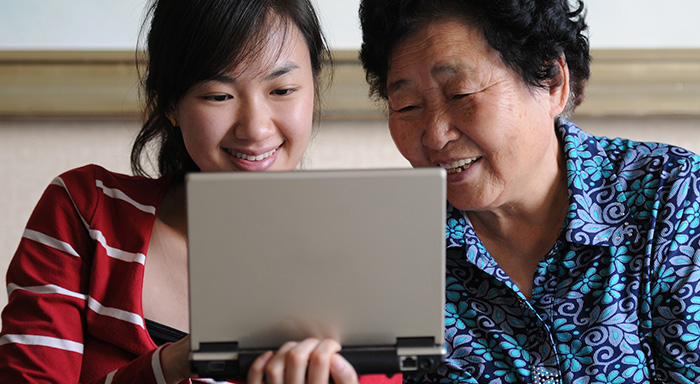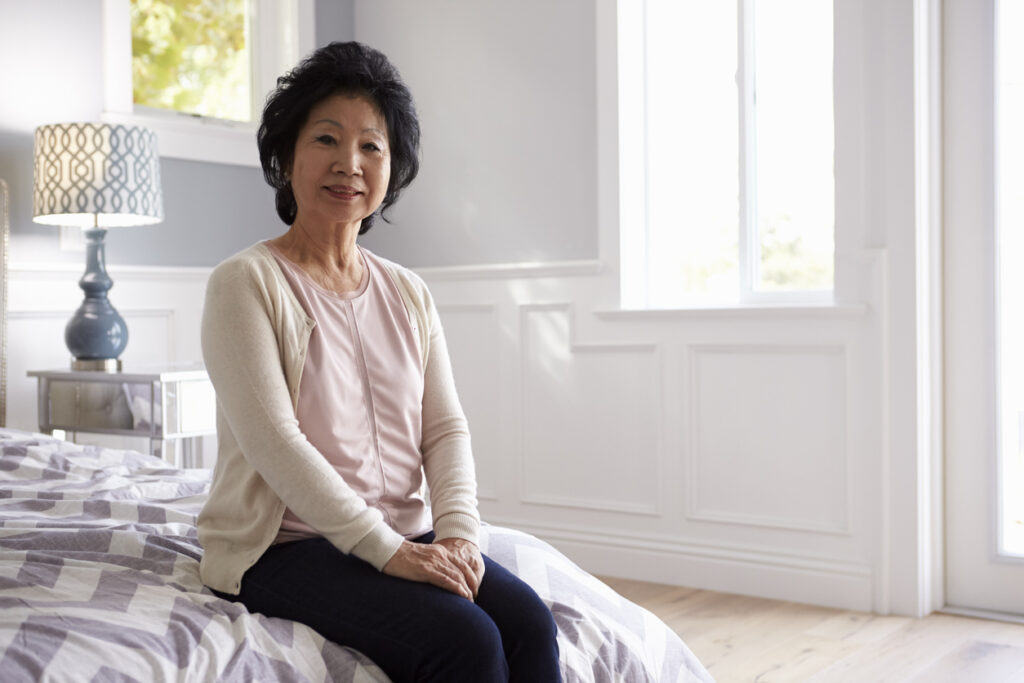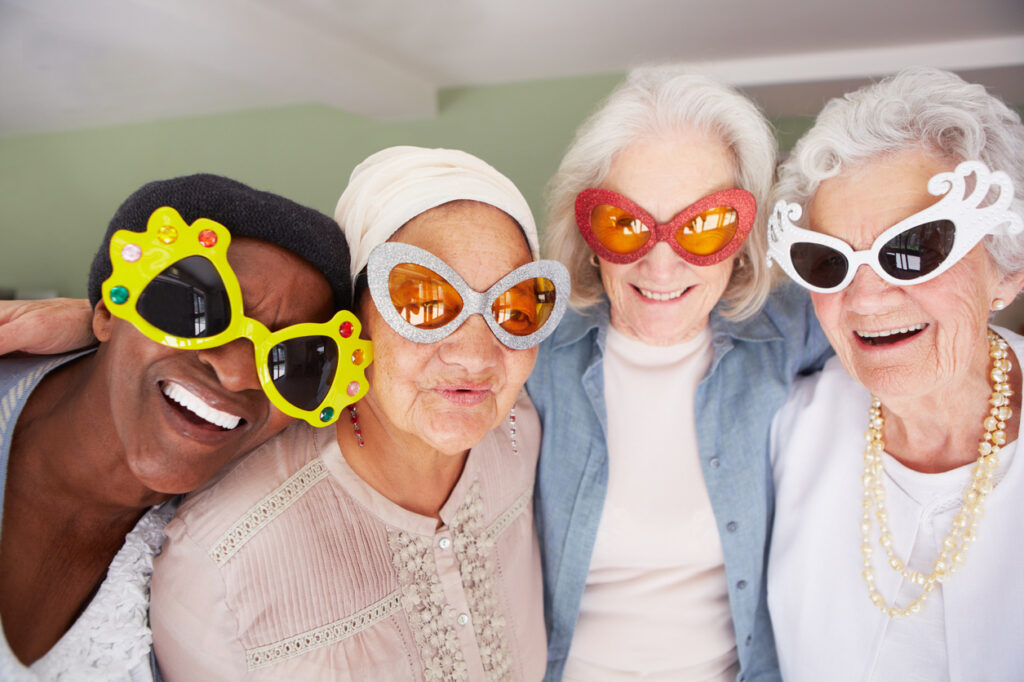Wondering how you can foster connection for the people you help everyday? Here are resources you can use for inspiration.
New research that examines the vicious circle of social isolation also points to the evolutionary origins of loneliness, and a way for people to escape it.
Older single women aren’t looking for love. They’re looking for a roommate. Blessed with longer life expectancy, but often with less money in the bank, female retirees are turning to each other as a way to make ends meet and find companionship.
In a society that prizes independence, questioning someone’s self-sufficiency may seem like an unforgivable intrusion on personal freedom. But juxtapose an aging population with cuts to social services and a rise in elder abuse, including fraud, and a different, more complex picture emerges.
Like many 19-year-olds, Carla Bieg loves hanging out with her roommates. Potentially lonely nights turn into fun-filled evenings of cooking meals together, curling up on the couch with a good movie or folding laundry while chatting about the world. Unlike other college-aged adults, however, Bieg’s roommates are nine senior citizens — as well as two college students and a middle-aged married couple.
Use this tool to help locate relevant elder care help near you! A public service of the U.S. Administration on Aging connecting you to services for older adults and their families. You can also reach us at 1-800-677-1116.
Americans once commonly lived with or near their extended families, letting people of different generations help one another. But in recent decades, the culture has become more geographically mobile. Families are scattered around the country or world. Few live in multigenerational households. Meanwhile, membership in traditional social organizations, such as churches and civic groups, has declined.







